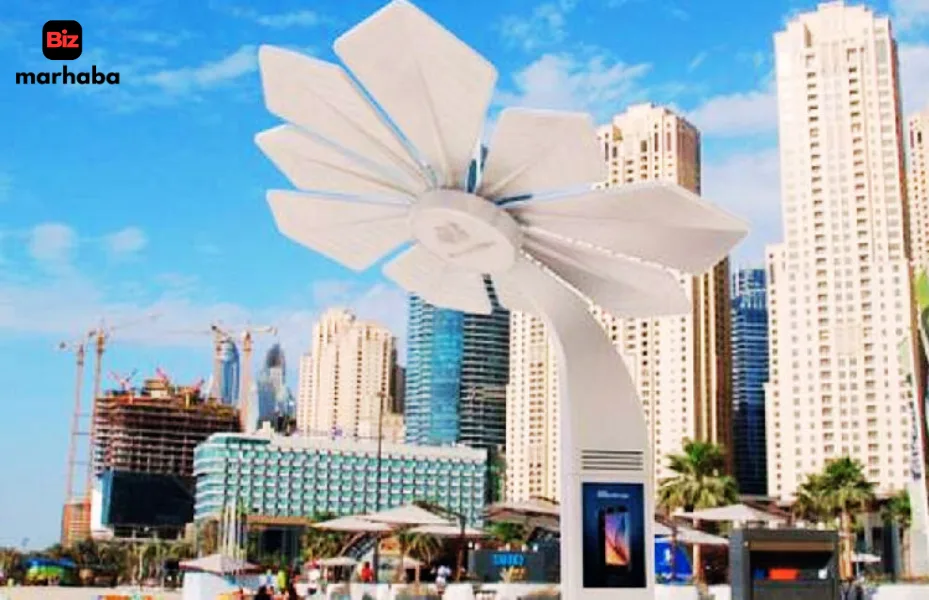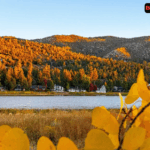Dubai Smart Palm structures were first launched in public spaces like beaches and parks. They bring together clean energy and public service. Each solar powered palm tree offers features like device charging and high-speed internet. These functions were shared during their initial rollout.
Dubai Smart Palm structures were first launched in popular public areas like beaches and parks, bringing together clean energy and public service. Each solar powered palm tree offers features like device charging and high-speed internet, based on functions shared during their initial rollout. They store solar energy during the day and use it to power services at night, running fully off the grid. These smart palms stand as symbols of Dubai’s vision for a greener, more connected urban lifestyle.
The Dubai Smart Palm project supports the UAE’s larger energy goals. It fits right into the Dubai Clean Energy Strategy 2050, which targets 75% renewable energy in the city’s power mix. It also connects to the massive Mohammed bin Rashid Al Maktoum Dubai solar power plant, one of the largest solar parks globally. This solar power plant is set to generate 5,000 MW of clean energy by 2030. All of these points point to Dubai’s clear shift toward a greener and more tech-driven future.
Dubai’s Solar Powered Palm Tree Impact
What really makes the solar powered palm tree special is how it combines local tradition with smart innovation. Designed to look like traditional palm trees, they offer real services that people use every day. They’ve been spotted in locations like Jumeirah Beach and Downtown Dubai in earlier years, offering services to both locals and tourists.
Dubai’s smart palms share similarities with the solar tree installations seen in other parts of the world. But unlike the typical solar tree, which mainly generates power, these palms also serve as interactive tech hubs that improve the visitor experience.
With this smart approach to sustainability, Dubai is showing how clean energy can be part of daily city life. These smart palms aren’t just futuristic—they’re practical, useful, and a glimpse into what cities of tomorrow could look like.








